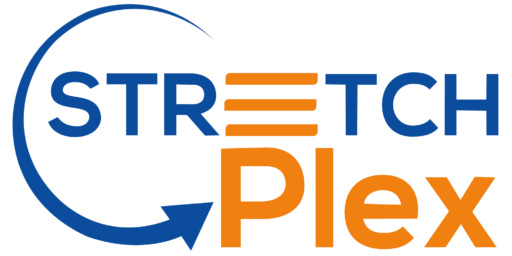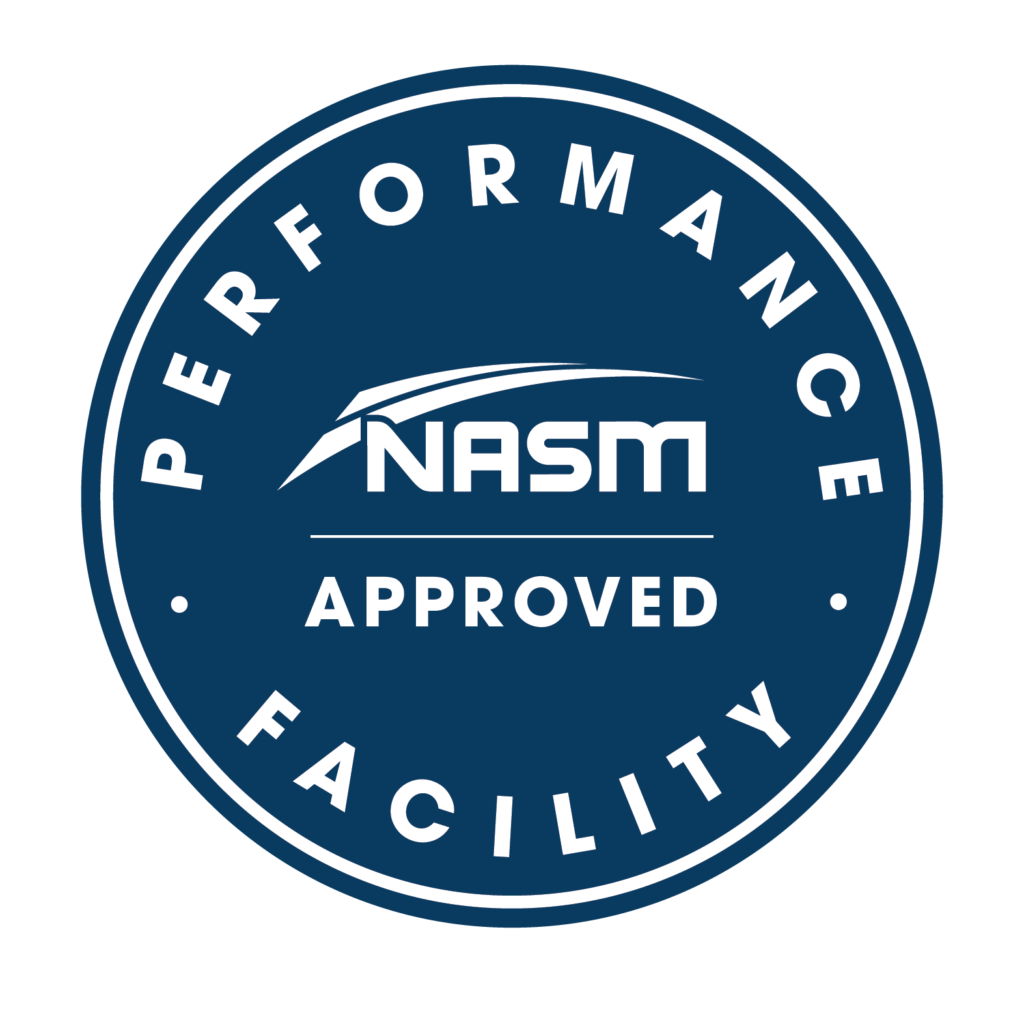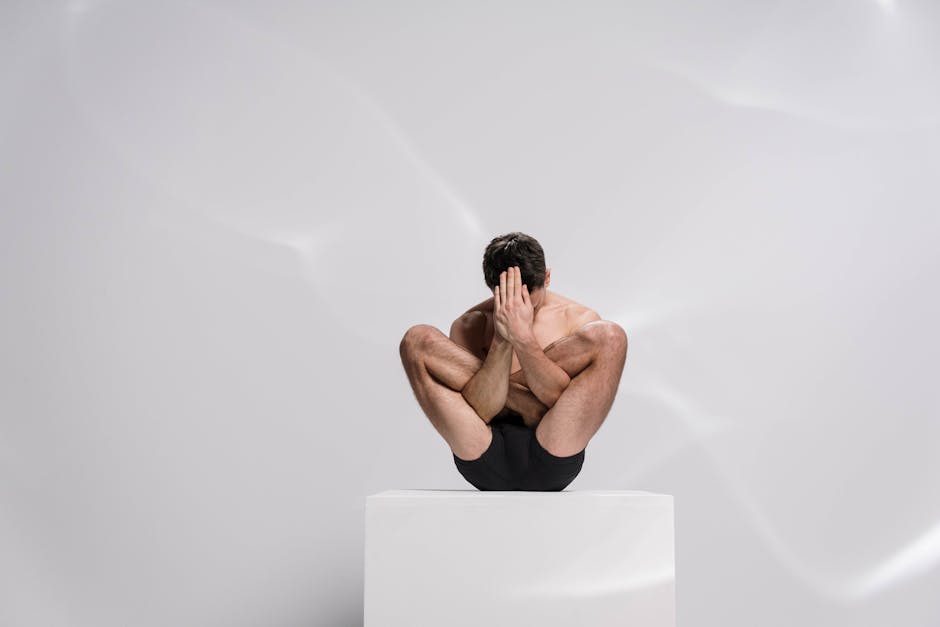Embark on a journey to discover the transformative power of body stretching and its remarkable impact on athletic performance. Unveil the secrets to unlocking your full potential through the profound benefits of incorporating stretching into your fitness regimen.
The Importance of Body Stretching for Athletes
Understanding the crucial role of body stretching in athletic endeavors is paramount for athletes striving to achieve peak performance levels. Stretching serves as a cornerstone for maintaining flexibility, improving range of motion, and preventing injuries. By elongating muscles and tendons, athletes can optimize their physical capabilities and ensure their bodies are primed for the rigorous demands of training and competition.
In the realm of sports, body stretching acts as a catalyst for enhancing performance by promoting better circulation and oxygen flow throughout the body. This heightened circulation not only boosts endurance but also aids in the efficient delivery of nutrients to muscle tissues, ultimately fueling athletic achievement. Athletes who prioritize regular stretching often experience heightened agility, improved posture, and increased stamina, all of which are instrumental in excelling in their chosen sports.
Moreover, the mental benefits of body stretching should not be underestimated. The focused and intentional nature of stretching routines cultivates a strong mind-body connection, fostering mental resilience and fortitude in athletes. By engaging in mindful stretching practices, individuals can alleviate stress, enhance concentration, and prepare themselves mentally for the challenges ahead, establishing a solid foundation for peak athletic performance.
Effective Stretching Techniques for Enhanced Performance
Exploring a variety of stretching techniques tailored to individual needs is paramount for athletes seeking to optimize their performance. Dynamic stretching, characterized by fluid movements that mimic the actions of the sport, serves as an excellent warm-up to prepare the body for activity. This form of stretching not only increases blood flow and joint mobility but also primes muscles for optimal functionality.
In contrast, static stretching involves holding a position to stretch a particular muscle or group of muscles. This type of stretching is beneficial for improving overall flexibility and elongating muscle fibers, leading to improved range of motion. By incorporating both dynamic and static stretching into their pre- and post-workout routines, athletes can effectively reduce the risk of injury while enhancing performance levels in their respective disciplines.
Furthermore, proprioceptive neuromuscular facilitation (PNF) stretching techniques offer athletes a powerful tool for increasing flexibility and range of motion. By engaging in PNF stretching with a partner or on their own, individuals can activate specific muscle groups through a combination of stretching and contraction, leading to enhanced muscle extensibility and improved functional movement patterns.
To further elevate their stretching practices, athletes can explore ballistic stretching, a dynamic form of stretching that involves rhythmic bouncing movements to push muscles beyond their usual range of motion. While this technique requires caution and control to prevent injury, when performed correctly, ballistic stretching can help athletes achieve greater flexibility and muscle elasticity, contributing to enhanced athletic performance.
Incorporating Stretching into Your Training Routine
Integrating body stretching seamlessly into your training routine requires a strategic approach that prioritizes consistency and intentionality. Begin by establishing a dedicated stretching schedule that complements your fitness goals and training regimen. Whether you choose to stretch before or after your workouts, maintaining a regular stretching routine is key to reaping the full benefits of this practice.
Additionally, customizing your stretching routine to target specific muscle groups based on your athletic activities can help address individual areas of tightness or limited flexibility. By tailoring your stretches to align with the demands of your sport, you can enhance muscle recovery, prevent imbalances, and optimize performance outcomes. Remember, the quality of your stretches often matters more than the quantity, so focus on executing each stretch with proper form and controlled movements.
In the process of incorporating stretching into your training routine, it’s essential to listen to your body and adjust your stretching intensity accordingly. Pay attention to feedback from your muscles and joints, gradually increasing the duration and intensity of your stretches as your flexibility improves. By maintaining a balance between challenging your body and avoiding strain, you can cultivate a sustainable stretching practice that supports your athletic endeavors.
Moreover, complementing your stretching routine with other recovery strategies such as foam rolling, massage therapy, and adequate rest can further enhance your body’s ability to adapt and recover from training stress. By adopting a holistic approach to athletic self-care, athletes can create a well-rounded routine that promotes longevity, resilience, and peak performance in their sports pursuits.
Stretching Benefits Beyond Physical Performance
While the physical advantages of body stretching for athletic performance are widely recognized, the holistic impact of stretching extends far beyond the realm of sports. Engaging in regular stretching practices not only boosts physical performance but also nurtures mental well-being, emotional balance, and overall quality of life. The benefits of stretching encompass a multidimensional spectrum that caters to the body, mind, and spirit of individuals seeking enhanced vitality and resilience.
From a psychological standpoint, body stretching serves as a powerful stress-relief tool, helping athletes unwind, relax, and release tension accumulated during training sessions or competitive events. By incorporating mindfulness practices into stretching routines, athletes can develop a deeper awareness of their bodies, reduce anxiety, and promote a sense of inner calm and focus essential for peak performance.
Furthermore, the emotional benefits of body stretching are profound, fostering a sense of accomplishment, self-confidence, and self-care among athletes. Stretching sessions offer a moment of introspection and self-compassion, allowing individuals to connect with their bodies, acknowledge their strengths, and cultivate a positive relationship with physical activity. This emotional resilience cultivated through stretching practices can translate into improved athletic performance, resilience in the face of challenges, and a balanced approach to overall well-being.
In essence, the transformative power of body stretching transcends the boundaries of physical fitness, enriching the lives of athletes by promoting a harmonious integration of body, mind, and spirit. By embracing stretching as a holistic practice, athletes can unlock their full potential, embody their athletic excellence, and embark on a fulfilling journey towards enhanced performance and well-being.
A Vital Step Towards Athletic Excellence
As you delve deeper into the world of body stretching, remember that the key to unleashing your athletic prowess lies in the dedication to this fundamental practice. By embracing the art of stretching, you not only enhance your physical performance, but also foster overall well-being, enabling you to reach new heights in your athletic journey.



